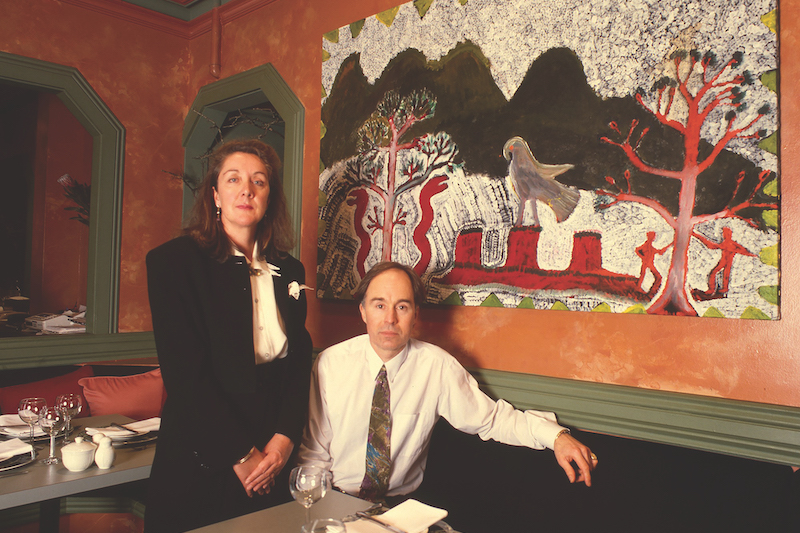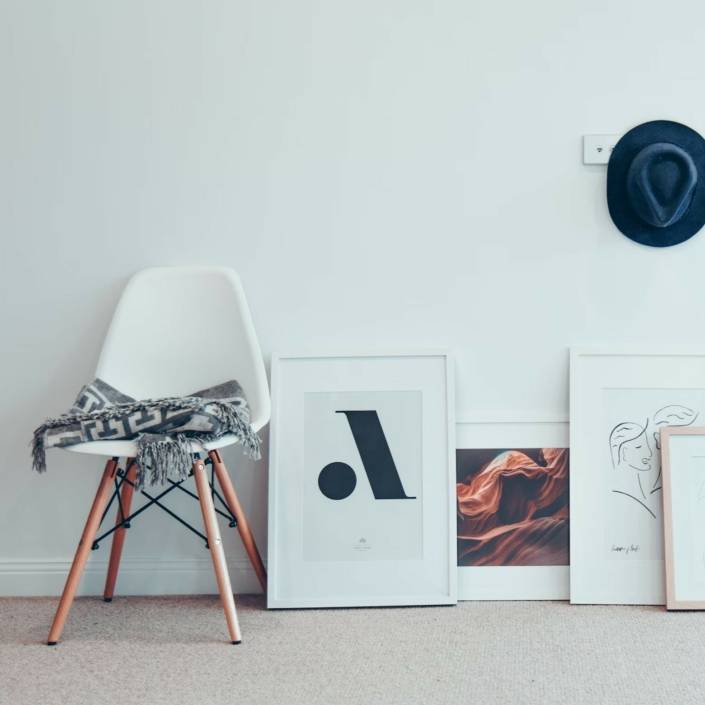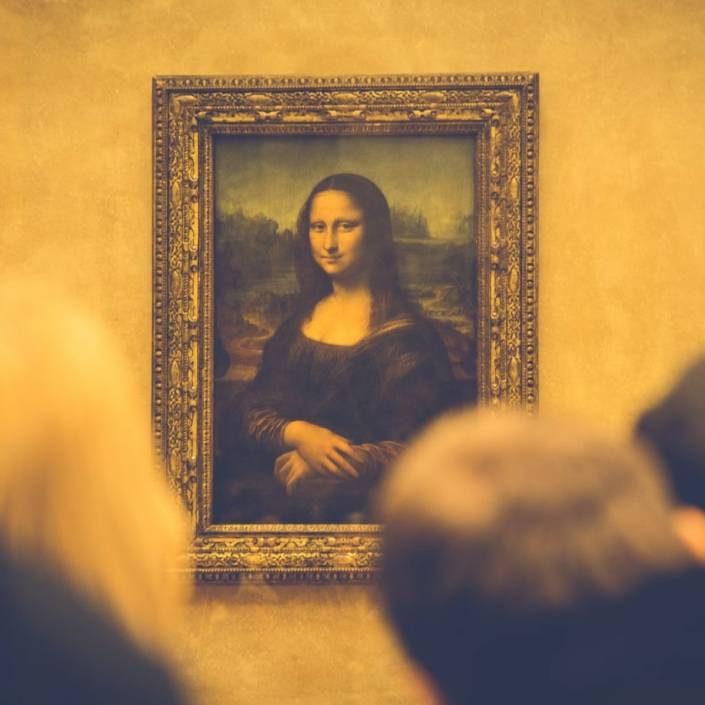Behind the scenes: Going the distance
In the midst of some significant commercial gallery milestones this year, we ask their directors: What gives a gallery staying power?
Words: Louise Martin-Chew
AFTER 45 YEARS in the gallery game, Philip Bacon still loves coming to work. This he attributes to his ongoing success, as well as the fact that he’s managed to reinvent the model for himself over the years. “I’m always rethinking things,” says the Brisbane dealer. “But the elements have stayed the same: I show artists that I believe in. And present shows with an extensive printed catalogue.”
The biggest change over these years for Bacon has been the development and power of the internet, a sentiment echoed by any gallerist who started up before the world wide web altered almost every aspect of our lives. “I have a huge stockroom. For years, unless people came here, they would never have known,” Bacon tells me. “Now with our website, people can browse everything that is there. We get random calls from all over Australia, and the world.” Yet social media, while powerful, has not delivered a large volume of sales for this gallery. “They say having hundreds of followers is like being a millionaire in Monopoly money,” Bacon reflects. “Something may get thousands of likes – but we attribute almost no sales to Instagram followers.”
Charles Nodrum has had nearly 50 years in the art business – 35 with his own gallery. His niches include Australian 1950s abstract painting and sculpture and 1960s hard edge colour field, territory profiled in the National Gallery of Victoria’s 2018 exhibition, The Field Revisited. “We have worked that area quite hard for many years,” says Nodrum. “It continues to be a vital element in the business, as does the secondary market in general.” The fundamentals of running a gallery, he finds, have remained the same over the years. “We do solo shows for artists and estates and back these up with extensive group exhibitions – both thematic, such as landscape and the human figure, and temporal, such as the 1970s. We enjoy working with public gallery curators in sourcing relevant works from represented artists and estates, as well as from private collectors generally.” He notes that the internet has made a colossal difference to knowledgeable collectors, and allowed those seeking specific works to buy more widely.
Beverly Knight’s Alcaston Gallery in Melbourne has stuck with the energetic promotion of Indigenous artists that drove its beginnings 30 years ago this year. “When I first saw the early Papunya boards in the late 1970s it was a revelation,” recalls the director. “I had seen nothing else like them in Australian art. Being an old-school classical European tragic when it came to art appreciation, it switched on a light in my brain. Contemporary, fresh, non-derivative – it was extraordinary!”
When she first started out, Knight was busy running two restaurants, and six months passed before she was persuaded to lend her business skills to representing artists. She describes this as “definitely my greatest challenge but also the greatest reward. I have always been the instigator of finding new and representing artists; I only represent artists I believe in.”
Over the years, Knight has spent extensive periods travelling to Australia’s remote Art Centres to meet artists and see work. “Leaving my apartment in Alcaston House at the top end of Collins Street Melbourne to sleeping in a swag out bush was the biggest leap,” she remembers. “There were only five Art Centres in 1989 (there are now more than 130) so finding artists and supporting them in their practice was the main role for me and my staff.” Her ongoing success she attributes to the combination of her business skills and her love for and appreciation of art.
Sarah Cottier’s 25 years have been driven by “art that extends and develops the conversation,” says the Sydney gallerist. “It is a very personal position and not everything that interests us has found purchase in the broader audience – or it can take time and a lot of perseverance!” While grateful for the reach of social media, she notes, “It is a greedy beast – always needing to be fed. There are downsides; the visceral experience of viewing an exhibition in the flesh – seeing the entirety of an artist’s intent – is under- mined by the incessant trade in images of individual works online. I still prefer visitors through the door.”
Melbourne’s MARS Gallery celebrates 15 years in 2019. Over the years, gallery director Andy Dinan has grown in confidence. “The great thing now compared to 15 years ago is that I trust my inner voice. I’m not frightened to take risks, follow my heart and support my artists through thick and thin,” she says. “My biggest challenge is finding work that makes me stop in my tracks and makes my heart race.”
Dinan notes that when it comes to going the distance, ultimately, change is inevitable. “Reading the market, the clients’ needs, what the artist wants to create and finding commercial viability is my role is about. If you are not changing, you are not growing.”
This article was originally published in Art Collector issue 88, APR – JUN 2019.
Image: Beverly and Anthony Knight at Cafe Alcaston – The Restaurant, circa 1990. Courtesy: Alcaston Gallery, Melbourne.









